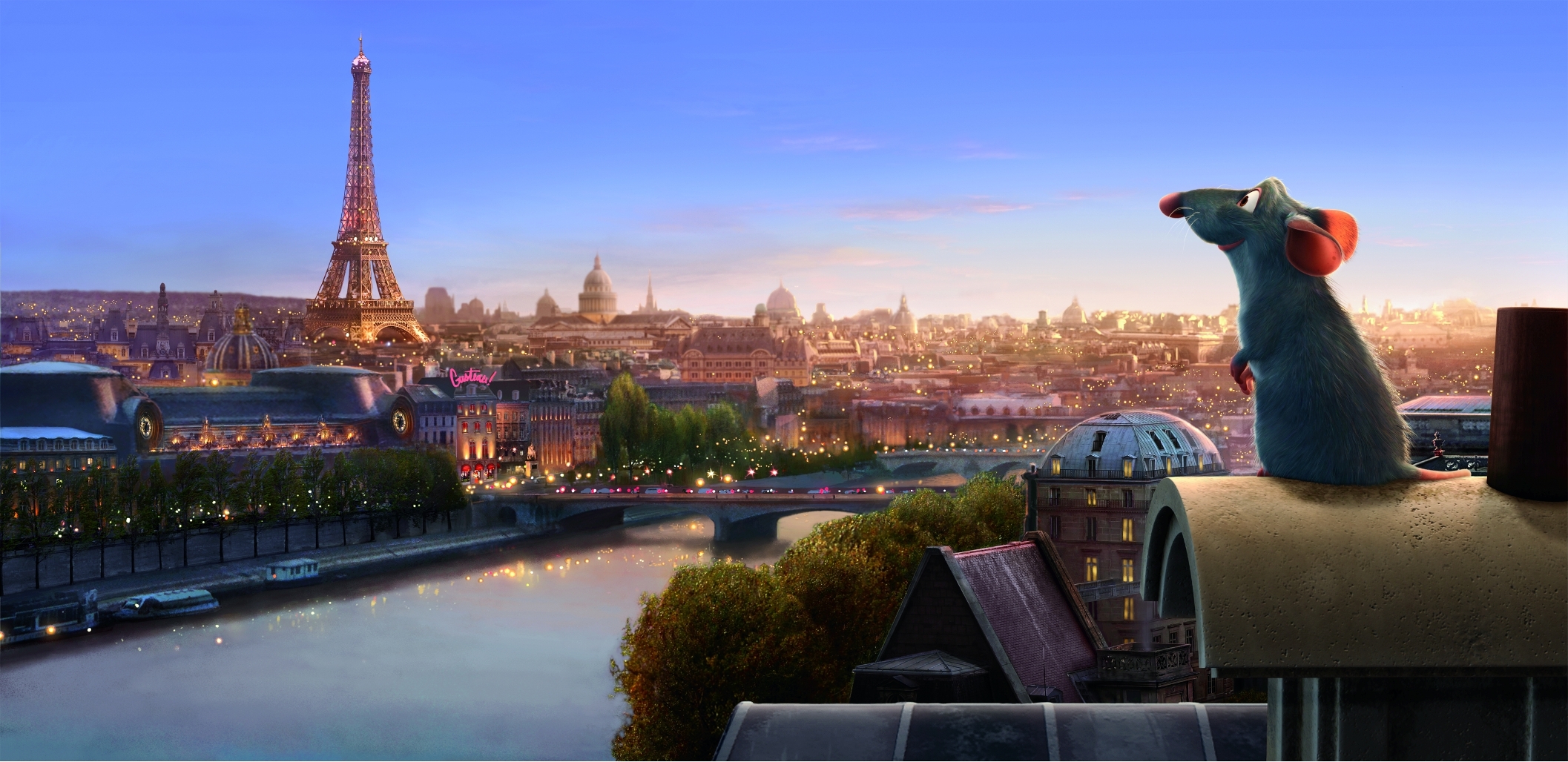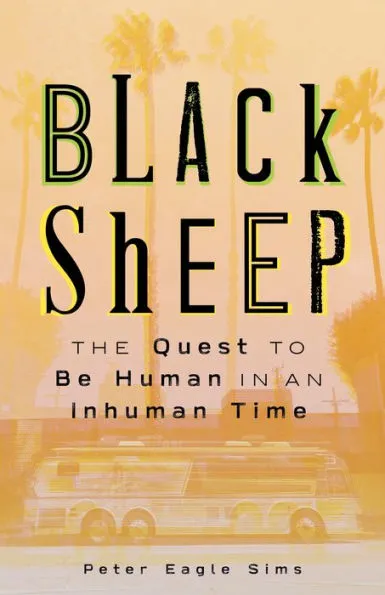Google has reached a pivotal moment in its history. What can it do to expand beyond its incredible core business, which is now reaching a more mature phase? For insight on how it can develop, let’s look to Pixar.
Pixar is as close to a constant learning organization as there is, with a proven ability to reinvent and a genuine cultural humility. Google’s founders could learn from Pixar’s founder and president Ed Catmull’s prolonged and determined efforts to counter the natural human reactions to success by aspiring to proactively (and honestly) seek-out and solve new problems constantly, recognizing that he doesn’t have all the answers on his own.
Despite an unbroken string of 11 blockbuster films, Catmull regularly says, “Success hides problems.” It’s an insight Google should acknowledge and act on. Google’s leadership admirably tolerates failure on side-projects (and big projects as well), but what Pixar has that Google does not is a culture where the fear of complacency is a strong motivator, where new problems are identified, discussed, and addressed openly and honestly, all of which requires humility.
As David Price describes in his superb The Pixar Touch, Pixar began its life as a computer hardware company. Price writes that Steve Jobs never expected Pixar to be a film company when he bought the company from George Lucas in 1986. Pixar was then the 45-person computer graphics group of Lucasfilms, led by Catmull, whose dream since graduate school had been to make a full-length digitally animated film. The group had developed the Pixar Image Computer, a computer graphics machine that produced high-end visual imaging (such as for MRIs). Jobs thought the technology had breakout potential when he bought it, yet the Pixar Image Computer never found a market.
Jobs also shrewdly allowed a tiny animation division, led by John Lasseter, a former animator from Disney, to make little bets on short animated films (and, later, TV commercials). Shorts would become the company’s vehicle to build the technical and storytelling expertise, as well as the credibility necessary to ultimately coproduce (with Disney) Toy Story in 1995, the first digitally animated feature film.
The 1980s were difficult for Pixar. Steve Jobs deserves enormous credit for his role in funding and driving the company. But, despite Pixar’s small wins with short films, success was far from guaranteed. During this period, Catmull was puzzled by why so many successful companies ultimately failed. “I’m thinking, ‘If we’re ever successful, how do I keep from falling into the traps these companies are falling into?” he recalled in a recent lecture at Stanford Business School.
Catmull watched as companies like Evans & Sutherland, a pioneering computer graphics company, and Silicon Graphics lost their lead. Like Google today, those companies had access to great talent and problems, yet somehow lost their edge and market lead. He studied Toyota the most. Today, Catmull sets the tone for a company culture that is unusually open and honest, resembling Toyota’s aspiration of constant improvement. (Toyota’s current challenges aside, Amazon’s Jeff Bezos is another serious student of Toyota and its processes). Catmull constantly and proactively solicits feedback from Pixar employees, who say that the mentality of constant improvement flows throughout the company.
As with Toyota’s methods, what interests Catmull the most, and appears to motivate his actions, is to constantly identify and solve new problems. When Catmull gives a public speech or lecture, what’s most noticeable is that he talks about the problems that Pixar has encountered and the mistakes that he has made. Pixar has, for example, nearly burned-out its employees on numerous occasions. Like every organization, there are also pockets of the company that are extremely resistant to change.
Catmull freely acknowledges through his words and deeds that doesn’t know what he doesn’t know. When delivering a lecture at Stanford’s Computer Science department in April, he compared trying to build a successful lasting company to a constant iterative creative process. “There is a lot about this process which I find mystifying still,” he said, “There’s certain things that I think we’ve got right and certain things we’ve got wrong.”
Outsiders are routinely surprised by Pixar’s cultural honesty and willingness to be challenged. When Stanford professors Robert Sutton and Hayagreeva “Huggy” Rao interviewed Pixar director Brad Bird with Allen Webb, Bird recounted being recruited to Pixar:
“Steve Jobs, Ed Catmull, and John Lasseter said, in effect, ‘The only thing we’re afraid of is complacency, feeling like we have it all figured out. We want you to come shake things up. We will give you a good argument if we think what you’re doing doesn’t make sense, but if you can convince us, we’ll do things a different way.’ For a company that has had nothing but success to invite a guy who had just come off a failure and say, ‘Go ahead, mess with our heads, shake it up.’ When do you run into that?”
Ed Catmull and Pixar have the potential to one-day be the Toyota of American business, a role model for building a constant learning organization. It’s a striking model for Google. What do you think? Is Pixar a good role model company for Google and its founders these days? What advice would you give Google executives at this pivotal inflection point?



